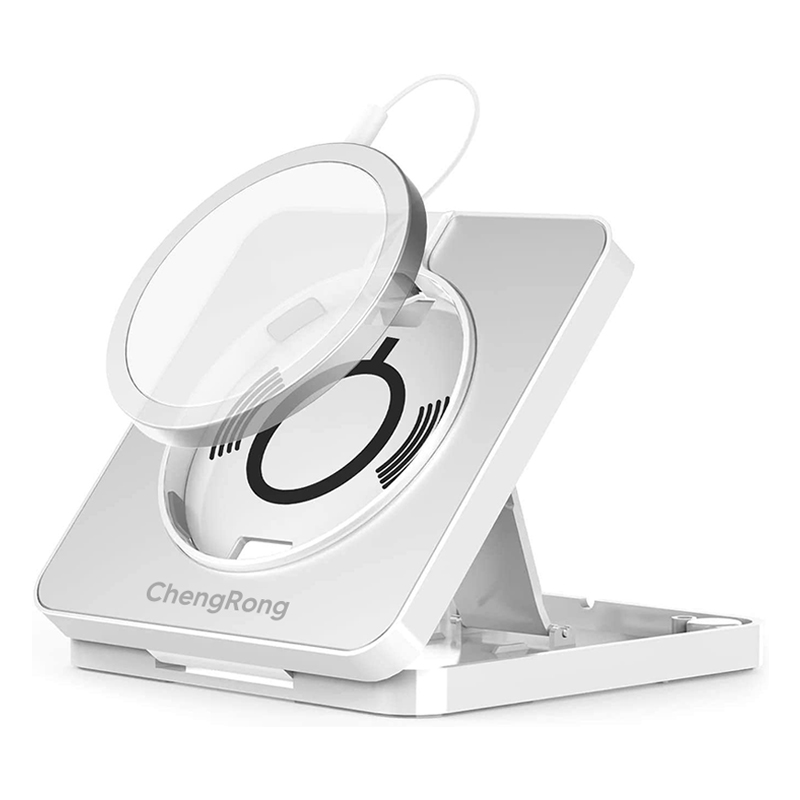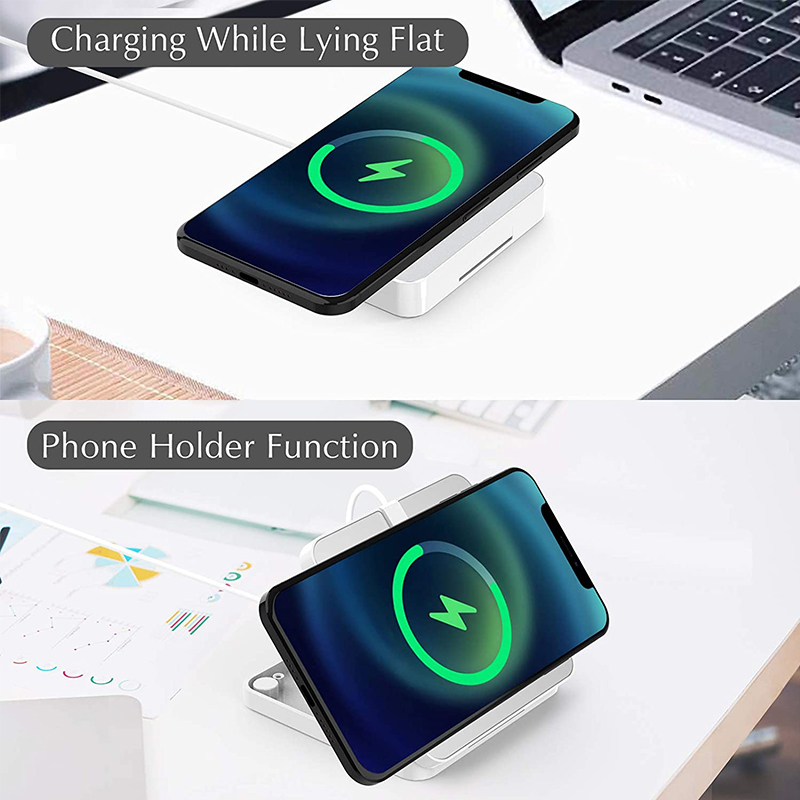Japan's lighting efficiency is too low, Philips seeks improvement
Cell Phone Holder Ring, Iphone Charging Stand, Mobile Phone Holders Ring, Phone Holder Ring source manufacture in China.
Shenzhen Chengrong Technology Co.ltd is a high-quality enterprise specializing in metal stamping and CNC production for 12 years. The company mainly aims at the R&D, production and sales of Notebook Laptop Stands and Mobile Phone Stands. From the mold design and processing to machining and product surface oxidation, spraying treatment etc ,integration can fully meet the various processing needs of customers. Have a complete and scientific quality management system, strength and product quality are recognized and trusted by the industry, to meet changing economic and social needs .
Phone Holder Ring,Iphone Charging Stand,Mobile Phone Holders Ring,Ring Smartphone Holder Shenzhen ChengRong Technology Co.,Ltd. , https://www.dglaptopstandsupplier.com
Philips Lighting of the Netherlands held a press conference on the lighting business on September 19, 2007, releasing the effects of efficient lighting fixtures to prevent global warming, as well as the company's lighting fixtures. The company's CEO, Theovan Duersen, stressed at the press conference that "Japan can further reduce power consumption by improving the use of lighting fixtures."
Feng Desheng said that the proportion of lighting power consumption in total power consumption is 19% globally. If you look at Europe alone, "because of the first use of high-efficiency lighting fixtures," the ratio is only 14%. On the other hand, the lighting fixtures used in Japan are inefficient, the lighting fixtures are not turned off at any time, and the brightness is too large. Therefore, “the electricity consumed by lighting accounts for about 20-22% of the total. From the perspective of lighting usage, Japan is less efficient than any other country in the world†(Feng Desheng). Feng Desheng said in a harsh tone that Japan is "the worst" in the world by reducing the amount of CO2 emissions and preventing global warming by using lighting equipment efficiently.
Office lighting power consumption can be reduced by about 60%
From the opposite side, Japan's power consumption can be considerably reduced by improving lighting fixtures and methods of use. According to Philips Electronics of Japan, about 70% of street lamps in Japan use mercury lamps. Changing these lights to fluorescent lights can increase efficiency and reduce power consumption by about 60%. Fluorescent lamps used in offices and various facilities can reduce power consumption by about 60% by replacing the current Japanese standard "T8" products with "TL5" products that will gradually become European standards.
The luminous efficiency of the TL5 fluorescent lamp is 100 lm/W (used in combination with a dedicated inverter circuit). Just look at the luminous efficiency, T8 fluorescent lamp and TL5 fluorescent lamp do not divide up and down. However, the input power of the TL5 is small, so power consumption can be reduced. Due to the low input power, the TL5's luminous flux is small, but still guarantees the brightness required for illumination. The TL5 product was launched by Japan's Philips Electronics in 2007. It is characterized by a diameter of only 16mm and a life of 20,000 hours. In the future, life expectancy will reach 60,000 hours.
Lighting power consumption can further reduce the high expectations of LEDs
Feng Desheng also said that the power consumption of lighting can be reduced by up to 40%. If this goal is achieved, it will save €106 billion in electricity bills annually and 550 million tons of CO2 emissions. The advantage of lighting fixtures is the ability to balance CO2 emissions reductions with electricity cost reductions. As a method of further reducing the power consumption of lighting, in addition to replacing low-efficiency light sources with high-efficiency fluorescent lamps, LEDs have also been highly anticipated.
At present, the luminous efficiency of some LEDs has reached 90lm/W. Although slightly lower than TL5, compared with the omnidirectional illumination of fluorescent lamps, LEDs only emit light to the front, and the object to be irradiated is more efficient. Feng Desheng said that if CO2 emission reduction is put in the first place, LED is the most suitable. However, lighting fixtures using LEDs are more expensive than TL5 fluorescent lamps. Bringing the cost to the same level "may take more than 15 years" (Feng Desheng).
In addition to LEDs, Philips Lighting is also looking forward to the use of organic EL lighting fixtures. The use of organic EL as a surface light source can be applied to a wide range of illumination applications in which fluorescent lamps are currently mostly used. However, the luminous efficiency of organic EL is currently relatively low, only about 40 lm/W, and the improvement still takes a long time.
Matsushita Electric Works in cooperation with the CREATIVE HANKYU cross (Figure) Mid-Autumn Festival celebrations held in Singapore and the opening lighting ceremony (Figure) sued Nichia, Seoul Semiconductor patent infringement Cree and Nichia expand its range of cross-licensing in South Korea have denied Sony Toshiba Semiconductor reach independent transfer transactions Japan over Mexico's national Palace of light (Figure)
1 

